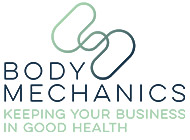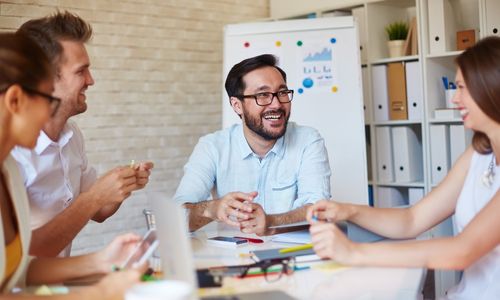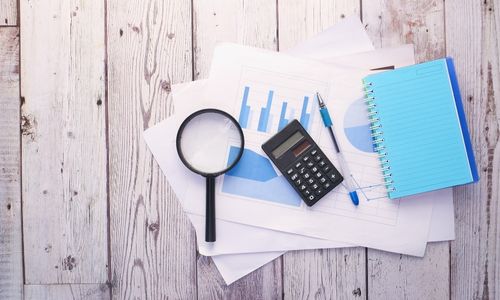Plantar Fasciitis – what is it and how to improve recovery
Plantar Fasciitis is inflammation of the fascia, or connective tissue, running along the sole of your foot, from your heel to your toes. The plantar fascia is a thick connective band which acts as both a support and a shock absorber in the foot. Plantar fasciitis is generally caused by repetitive stress and tension being placed upon the foot, through general wear and tear, straining/overstretching or injuring the fascia and/or foot. You are more susceptible to developing plantar fasciitis if you:
- Are aged between 40-60
- Are overweight
- Have high arches, flat feet or an atypical gait pattern
- Wear inappropriate footwear, without proper support or cushioning
- Have started doing increased levels of activity and/or standing
- Do activity on hard floor surfaces
Common Symptoms:
- Pain, particularly in the heel or arch of your foot
- Localised inflammation and swelling
- Tightness in your calf muscle and/or heel
- Reduction in mobility and flexibility - tightness and stiffness throughout foot and sometimes ankle, difficulty in lifting toes off the floor
- Symptoms feel worse when walking after a period of inactivity, such as sleeping or sitting still
- Reduction or dissipation of pain during exercise, which returns once you have rested
Corrective Action
Avoid the following activities which will likely exacerbate your symptoms:
- Exercising, standing or generally being active for longer periods of time
- Wearing footwear which is high, tight, pointed or lacks the correct support
- Walking on hard surfaces without wearing cushioned and/or supported footwear
Use a combination of the below to help relieve your symptoms:
Cold Therapy - a cold gel or cold pack can be used on the localised area to reduce any present inflammation
Heat Therapy - a heat lotion, gel or pack can be used on tight calf muscles to help to relax muscles
Appropriate Footwear - wear footwear which offers a suitable amount of cushioning and support, particularly around the heels and the arches of the feet. Please consult a podiatrist prior to selecting orthotics and foot supports.
Painkillers - over the counter medicines like ibuprofen (anti-inflammatory) and paracetamol (compound analgesic/painkiller) can help reduce pain and increase comfort in the short term and as a temporary measure. Only take ibuprofen 48 hours after injury/symptoms.
Physical Therapy - Podiatrists, Physiotherapists and Sports Massage Therapists will all be able to help treat plantar fasciitis
Strengthening Exercises and Stretches
There are 3 key exercises and stretches which can help improve your recovery results, by gradually increasing the flexibility and reducing the tightness of the plantar fascia and calf muscles. They can be carried out in the order of your choice:
1. Foot Stretches -
- Roller Ball - slowly and gently roll your foot over a plantar massage ball to help loosen fascia and reduce tightness. Do not push down too hard. Repeat for 1-10 minutes depending on the severity of the plantar fasciitis. This can be performed several times a day.
- Toe Flexion - using your hand, gently pull your toes back towards your body, in order to create a stretch along the sole of your foot. Repeat as desired.
2. Leg Stretches -
- Standing Gastrocnemius - place your hands on a wall, your arms extended out in front of you and your feet hip distance apart. Keeping both feet in contact with the ground, extend your sore foot/leg behind you. Gently lean forward towards the wall and feel the stretch in your lower leg. Hold for at least 20 seconds and repeat as desired. Do not overwork your leg.
- Standing Soleus - place your hands on a wall, your arms extended out in front of you and your feet hip distance apart. Keeping both feet in contact with the ground, extend your sore foot/leg behind you. Gently push your knees towards the wall to feel the stretch in your lower leg. Hold for at least 20 seconds and repeat as desired. Do not overwork your leg.
3. Massage -
- Foot - gently massage your entire foot working from your heel to your toes. Pay particular attention to your heels and arches.
- Calf Muscles - massage your calf muscles upwards from your ankle to the back of your knee. Start gently, repeat the process, each time increasing the pressure slightly. To work into the muscles more deeply, flex and extend your toes whilst massaging, to help reduce tension and tightness.
Strengthening
Sometimes discomfort and pain are caused by muscle weakness and changes in posture. For example, we can experience ‘round shoulders’ from the pectoral muscles in our chest getting tight and short and from our rhomboids between our shoulder blades, getting overextended and weak. Health Professionals such as Sports Massage Therapists, Physiotherapists and Osteopaths will be able to provide you with a bespoke assessment of any muscle imbalances, along with any strengthening exercises.
Medical Treatment
If the above corrective action fails to work, you may need to visit your GP.
Useful Equipment
All of the below equipment is available from our Partner Providers, Physique at 10% discount using the code: BODYMECHANICS
- Cold Gel
- Anti-inflammatory Gel
- Plantar Massage Balls
- Massage Wax
- Heat Lotion
- Supports and Orthotics
- Complete Care Range for Plantar Fasciitis















